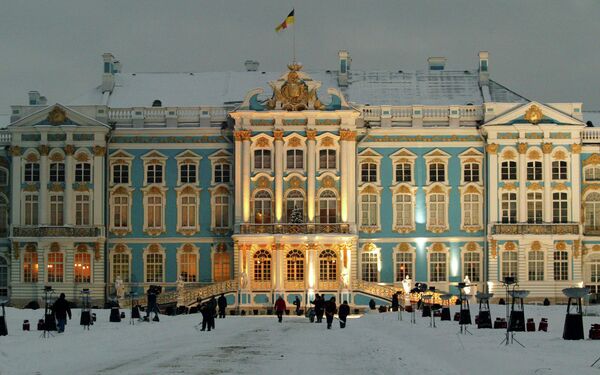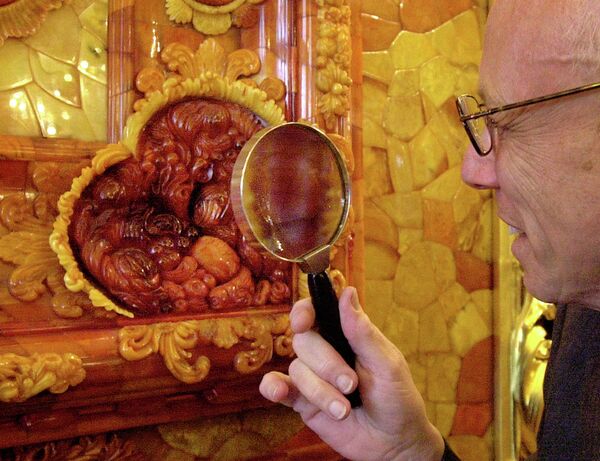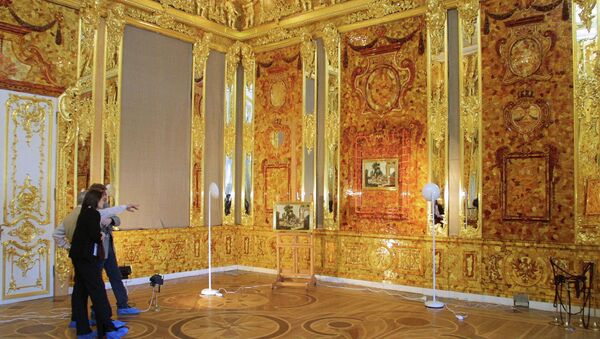Karl-Heinz Kleine and company have been exploring tunnels that lie beneath the city of Wuppertal where they believe Nazi official Erich Koch, a local, may have stored the room for safe keeping.
"As the Red Army closed in on Koenigsberg, he ordered the treasure to be packed up and brought back to his hometown. We have studied records and spoken to people from the time," Kleine told the Daily Mail. "He did not want to leave the world's greatest treasure in a region with an unknown political future; rather he brought it to a place he knew where he had a good chance of accessing it in the future. In his own backyard."

Decorated with over six tons of amber and jewels and valued at around $147 million dollars, according to the Smithsonian Magazine, the room, with its jeweled panels, is undoubtedly the most valuable single missing art piece from World War II. It was presented to Peter the Great in 1716 as a gift of peace from the King of Prussia. Later, after even more embellishment, it was moved from the Winter Palace in St. Petersburg to the Catherine Palace in Tsarskoye Selo outside the city.
That's where it was when it was looted by the Nazis, packed up, and shipped off to Koenigsberg (present-day Kaliningrad), its last known location. Towards the end of the war, it was again dismantled, for safe keeping, and amid the allied bombing raids, the trail of the Amber Room was lost.
But the search by Kleine and his group of subterranean explorers has hit a snag; they were borrowing a drill from a construction company that has now asked for it back. So they are asking for help to continue the search among the many tunnels and bunkers underneath Wuppertal.
"I only have a small pension, a new machine is too expensive for me. But whoever helps will get his share of the Amber Room when we find it," he told Reuters.

There have been many different theories as to the fate of the Amber Room over the years, and this is also not the first time someone has claimed to be on the verge of uncovering it.
Georges Simenon, the Belgian author of the Maigret detective novels fancied himself a bit of an investigator and was part of an "Amber Room Club" founded in to hunt down the treasure. There's even a an organization of sleuths "convinced more than ever, that the Amber Room (and many other looted works of art) are still hidden in secret deposits of the former GDR. "
In 2011 an engineer and amateur historian believed he'd found evidence that the room had been moved to a subterranean shelter outside the town of Auerswalde near Chemnitz.
And in 2013 there was an uproar when an overzealous group of treasure hunters were suspected of digging up part of a concentration camp cemetery near Bad Schlema in Saxony in search of the panels.


